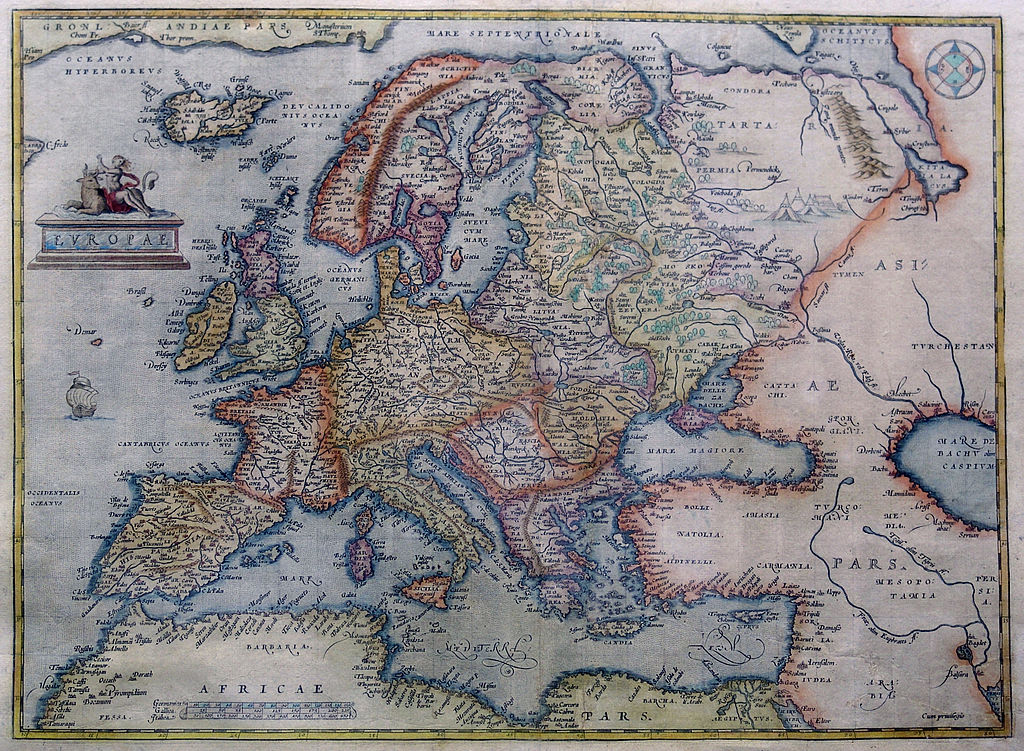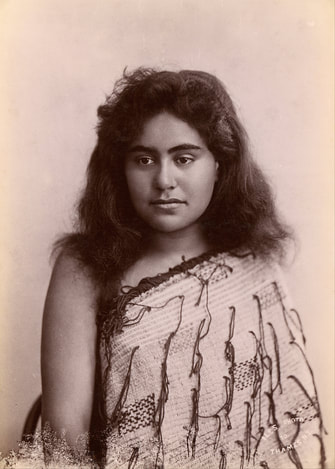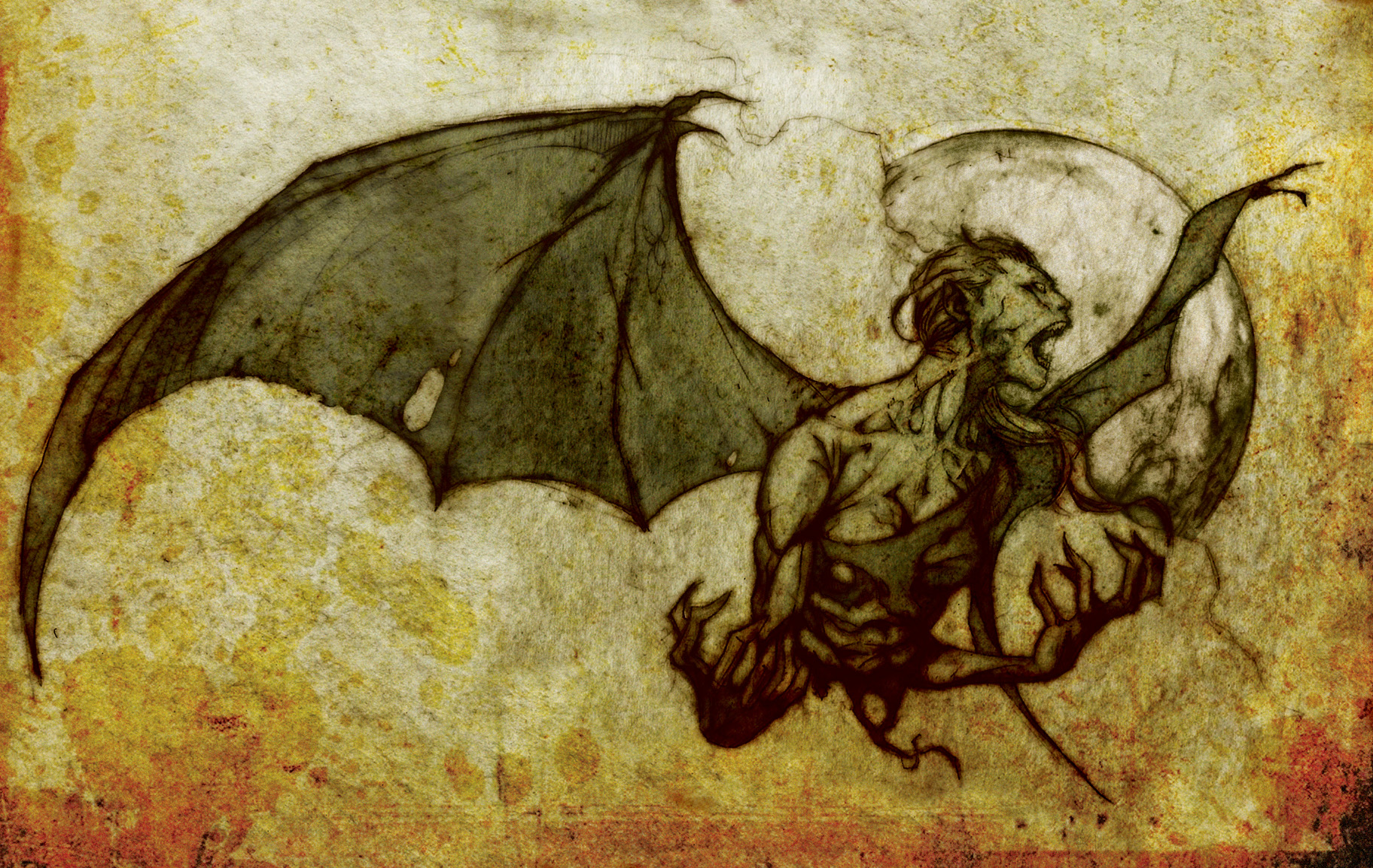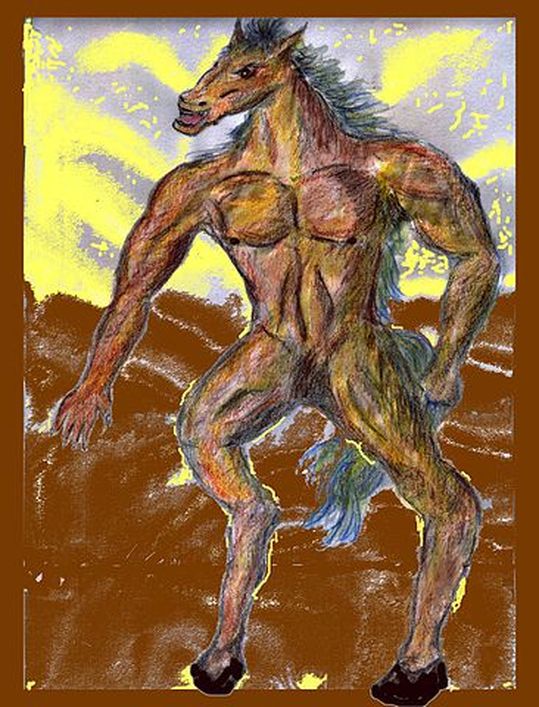 Rafael Yockteng [Public domain]
Rafael Yockteng [Public domain] In Latin American folklore La Patasola, or one-foot, is a predatory supernatural woman preying on those males who tend to live or work on the edge of civilization close to the wild such as hunters and forest workers. La Patasola has only one foot or leg and appears to her victims as a beautiful woman often taking on the likeness of a victim’s loved one. She will choose a victim and try and separate him from his companions and enticing him further and further into the jungle. Once she has led him to a remote place she will change into a terrifying, one legged vampire-like creature that lusts after the blood and flesh of humans. She will suck the blood from her victims until they are dry and then eat their raw flesh.
La Patasola haunts the remote mountains and dense untamed forests and other thickly wooded places with lush verdant vegetation. She is seen as a guardian of the wild animals and the jungle and the enemy of those who kill animals or destroy the jungle environment that she lives in.
Read More








 RSS Feed
RSS Feed
